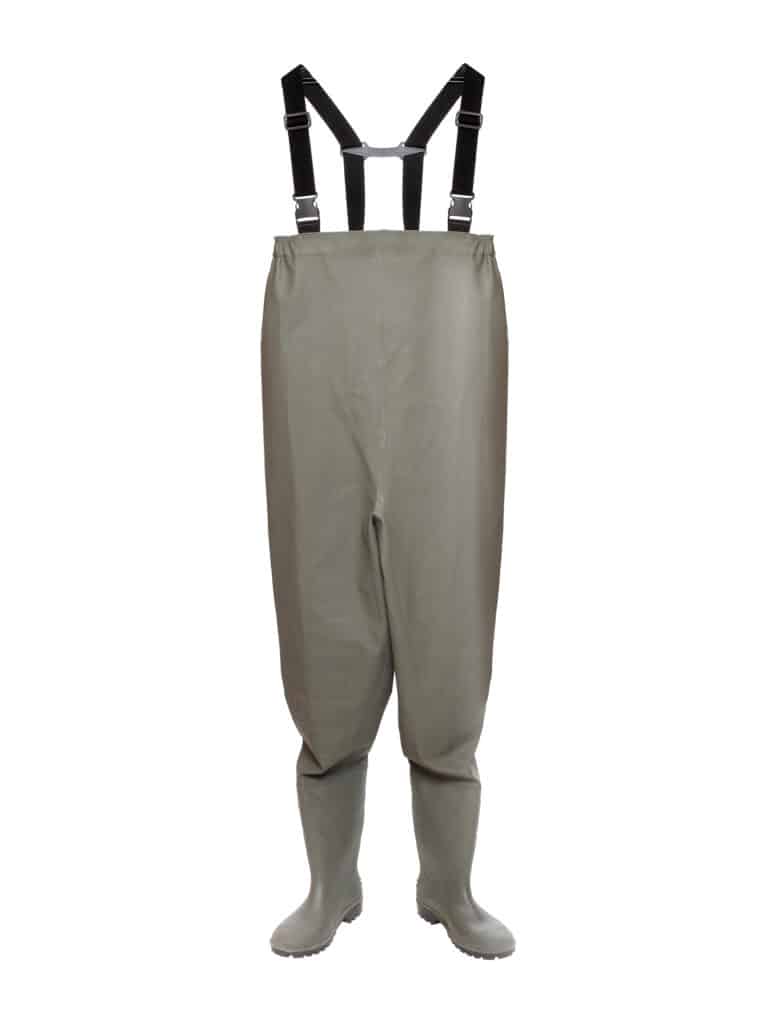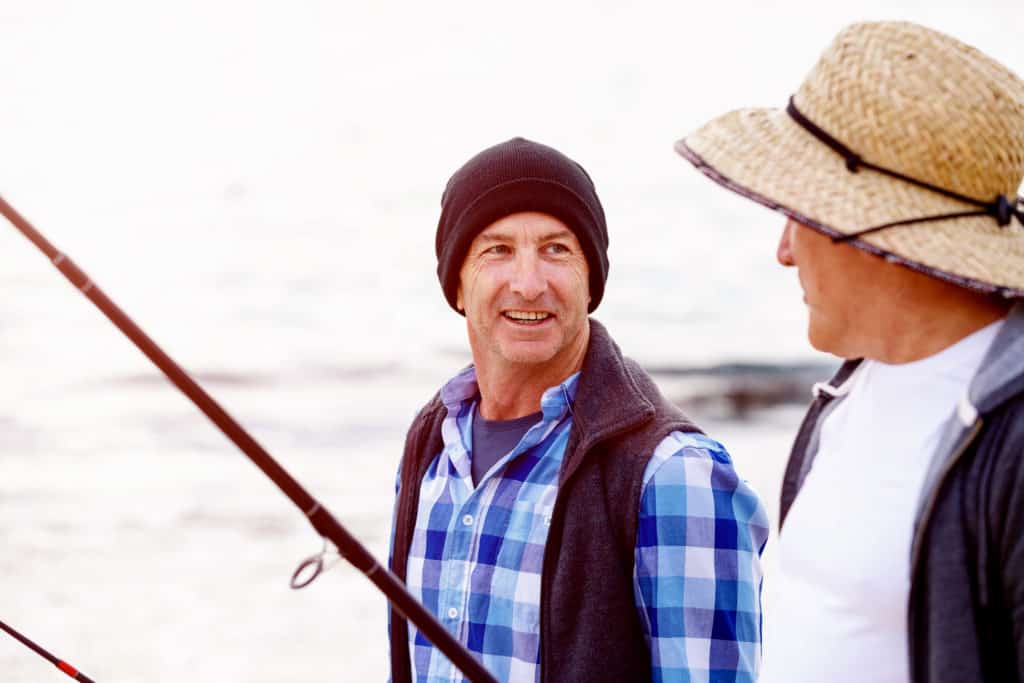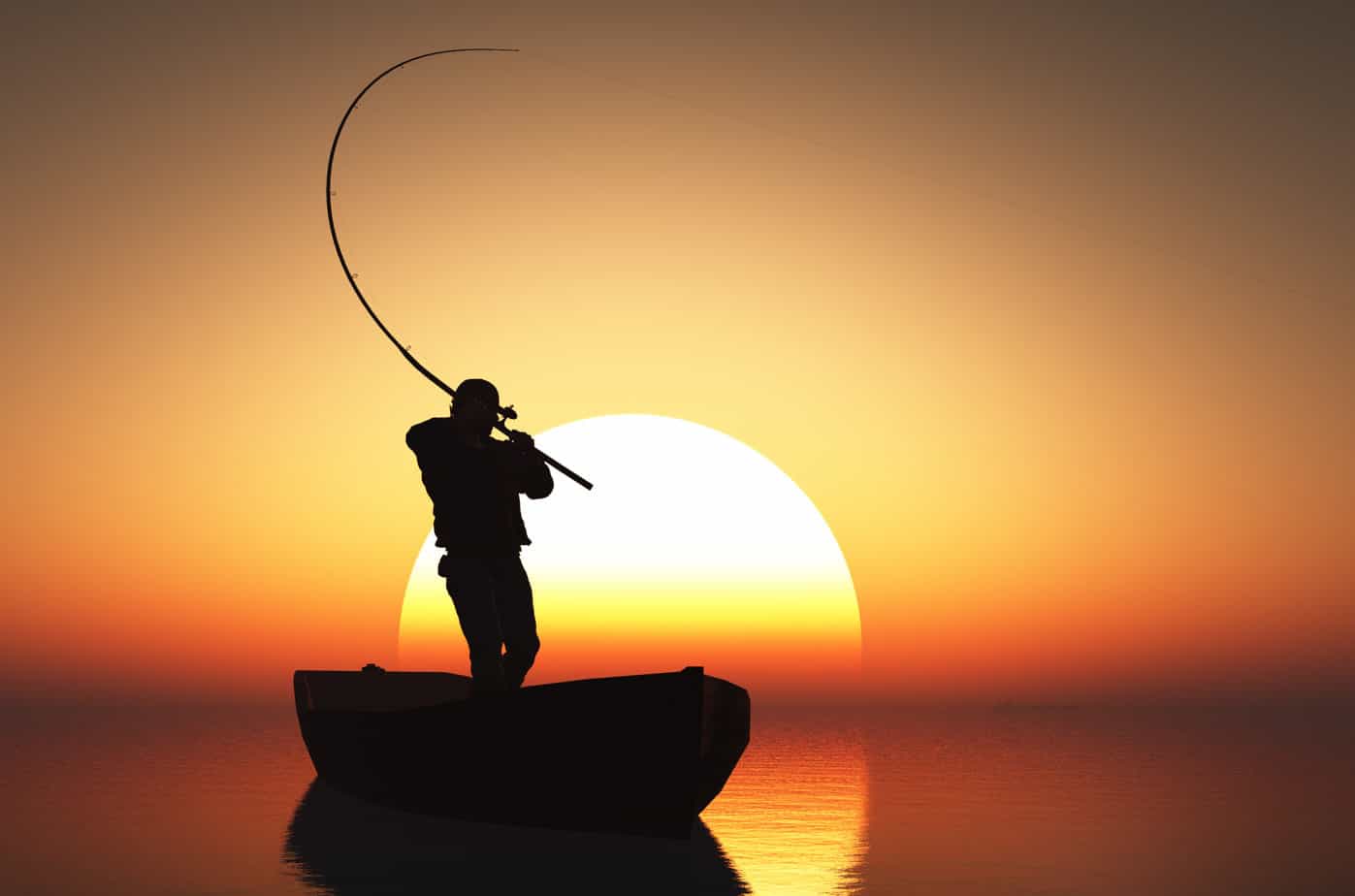Fishing is a beloved activity for many, but to truly enjoy the experience it’s important to make sure you’re wearing the right gear.
Whether you prefer fishing in hot or cold weather, there are plenty of clothing and accessory options available that can help protect you from the elements while keeping you comfortable throughout your adventure.
From footwear and hats to gloves and more, here’s what wear fishing looks like so that everyone – men and women alike – can have an enjoyable time on their next trip out on the water.
Clothing for Fishing
When it comes to clothing for fishing, there are a variety of options available to suit different weather conditions and personal preferences.
It is important to consider the type of clothing, layering for different weather conditions, and accessories that can be used to enhance the experience.
Types of Clothing
When selecting clothing for fishing trips, it is important to choose pieces that are comfortable and appropriate for the environment.
For example, long-sleeved shirts with collars provide protection from sunburn while also helping keep mosquitoes away.
Lightweight pants or shorts made from quick-drying materials like nylon or polyester will help keep you cool in warm temperatures while still providing some coverage against abrasive surfaces such as rocks or vegetation.
Additionally, waders may be necessary when fishing in deeper waters where staying dry is essential.
Layering for Different Weather Conditions
Layering your clothes can help ensure you stay comfortable regardless of changing weather conditions during a day on the water.
Start with lightweight base layers such as t-shirts and tank tops made from breathable fabrics like cotton or merino wool which will help wick moisture away from your skin if you start sweating due to physical activity or heat exposure.
Then add mid-layers such as fleece pullovers which provide warmth without adding too much bulkiness under outerwear pieces like waterproof jackets or vests depending on how cold it gets out on the water.
Gloves are another great accessory choice since they not only provide extra grip but also protect hands against sharp objects such as hooks found around boats’ decks oftentimes too.
They can help keep your hands warm in cold weather and prevent blisters from forming due to prolonged contact with fishing equipment.
Additionally, gloves can be used to handle fish safely without risking injury or damaging the catch.
Key Takeaway: When fishing, it is important to wear clothing that is comfortable and appropriate for the environment. Layering can help ensure you stay comfortable regardless of changing weather conditions. Accessories such as gloves can provide extra grip, warmth, and protection against sharp objects like hooks.
Footwear for Fishing
When it comes to choosing the right footwear for fishing trips, there are a few key factors to consider.
The type of shoes or boots you choose will depend on the environment and conditions in which you’ll be fishing.
There are several types of shoes and boots available that can provide comfort and protection from the elements.
Types of Shoes and Boots

Fishing-specific shoes come in a variety of styles, including sandals, slip-ons, sneakers, wading boots, hip waders, and even waterproof rubber boots.
Sandals offer good ventilation but may not provide enough support or protection when walking on slippery surfaces such as rocks or mud.
Slip-on shoes offer more stability than sandals but still lack support for long hikes over uneven terrain.
Sneakers are lightweight and comfortable but may not provide enough traction if they get wet.
Wading boots have thick soles with aggressive treads designed to grip slick surfaces while providing ankle support during long walks through streams or rivers.
Hip waders keep your feet dry while allowing freedom of movement in deeper waters where regular wading boots won’t reach high enough up your legs to protect them from getting wet.
Waterproof rubber boots are great for cold-weather fishing trips because they keep your feet warm even when submerged in icy water for extended periods of time.
Waterproofing Options
Waterproofing is an important factor when selecting any type of shoe or boot for fishing trips since most environments involve some degree of exposure to moisture either directly from standing water sources like lakes and rivers or indirectly from damp ground coverings like grasses and mosses found near shorelines or along riverbanks.
Most modern materials used in making outdoor footwear feature some level of waterproofing built into their construction, so it’s important to read product descriptions carefully before purchasing any pair that claims “waterproof” capabilities.
In addition, many brands also offer additional treatments such as sprays, gels, waxes, etc., that can further enhance the waterproof properties already present within certain models.
Comfort & Support Features
Key Takeaway: When selecting the right footwear for fishing trips, comfort and support are key. Choose from a variety of styles such as sandals, slip-ons, sneakers, wading boots, hip waders or waterproof rubber boots that provide protection from the elements. Look for waterproofing features built into their construction and consider additional treatments to further enhance these properties.
Hats and Headgear for Fishing

When it comes to fishing, hats and headgear are essential for protecting your face and neck from the sun’s rays.
Look for hats that provide adequate coverage of your face, ears, and neck while also allowing air to circulate around your head.
Sun protection options include wide-brimmed hats with a UPF rating or built-in sun protection fabric.
Breathable fabrics such as cotton or linen are ideal for keeping you cool in hot weather conditions.
For adjustable features, look for an adjustable chin strap or drawstring closure so you can customize the fit of your hat depending on the size of your head.
For additional comfort when wearing a hat all day long, consider sweatbands made from absorbent materials like terry cloth which will help keep sweat out of your eyes during those long days spent outdoors fishing.
A brimmed cap is another great option if you want more coverage than just a baseball cap but don’t need something as heavy-duty as a full-brimmed hat.
Brimmed caps usually have an adjustable back closure so they can be easily adjusted to fit any size head comfortably without being too tight or loose fitting.
If you prefer not to wear a traditional style hat while fishing, there are plenty of other options available such as bandanas and buffs which offer excellent sun protection without covering up too much hair or blocking vision when casting lines into the water.
Bandanas come in various colors and patterns so you can find one that matches whatever outfit you choose to wear while out on the lake or river bank.
Buffs are lightweight tubes made from breathable fabrics that cover both your neck and face providing extra protection against UV rays while still allowing air circulation around the skin – perfect for those hot summer days.
No matter what type of hat or headgear you decide on wearing when going fishing, make sure it provides ample coverage from harmful UV rays yet still allows enough ventilation to keep cool throughout the day.
This way, no matter how many hours are spent outdoors enjoying nature’s bounty, at least one part of yourself will remain protected.
Key Takeaway: When it comes to fishing, hats and headgear are essential for sun protection. Look for wide-brimmed hats with UPF rating or built-in sun protection fabric, adjustable chin straps or drawstrings, sweatbands made from absorbent materials like terry cloth, brimmed caps with adjustable back closure, bandanas, and buffs.
Gloves for Fishing
Gloves are an essential piece of equipment when it comes to fishing trips, providing protection from sharp objects or slippery surfaces while also enhancing grip on rods or reels.
When choosing gloves for your next fishing trip, there are a few things to consider.
Types of Gloves Available for Fishing Environments
There is a wide variety of gloves available that can be used in different types of fishing environments.
For example, neoprene gloves provide warmth and flexibility in cold water conditions while lightweight mesh gloves offer breathability and dexterity in warm weather conditions.
Additionally, fingerless gloves provide the best combination of protection and dexterity when handling bait or lures.
Waterproofing Options to Consider When Choosing Gloves for Fishing Trips
Waterproofing is important if you plan on spending time out on the water as wet hands can quickly become uncomfortable and even dangerous if they get too cold.
Look for waterproof materials such as neoprene or rubberized fabrics which will keep your hands dry even when submerged in water.
Additionally, look for features such as gusseted cuffs which help prevent water from entering through the sleeves of your glove.
A good pair of fishing gloves should also have some sort of grip enhancement feature built into them so that you don’t lose your grip on rods or reels during a fight with a fish.
Many manufacturers use textured silicone patterns along the palms and fingers which helps increase friction between the glove material and whatever surface it is gripping onto; this ensures that you won’t drop any gear due to slippage caused by sweaty hands.
Key Takeaway: When choosing gloves for fishing trips, consider different types of materials and features such as waterproofing, grip enhancement, warmth, and flexibility. Look for neoprene or rubberized fabrics that keep hands dry, gusseted cuffs to prevent water from entering the glove sleeves, and textured silicone patterns on palms and fingers for increased friction.
FAQs in Relation to What to Wear Fishing
What should you wear when you go fishing?
You should wear clothing that is lightweight and breathable so you don’t overheat in the sun or become weighed down by heavy fabrics.
Choose items made from quick-drying materials like nylon or polyester, as these will help keep you dry if they get wet.
Additionally, opt for neutral colors like khaki or olive green to blend into your surroundings and avoid scaring away fish.
Lastly, be sure to wear a hat with a brim and sunglasses with UV protection to protect yourself from the sun’s rays while out on the water.
What women should wear fishing?
When it comes to fishing, comfort and safety should be the top priority.
Women, much like men, should wear clothing that is lightweight, breathable, and loose-fitting so they can move freely without feeling restricted.
A wide-brimmed hat will protect them from the sun’s rays while polarized sunglasses help reduce glare off of the water.
Shoes with good traction are important for stability on slippery surfaces.
Lastly, a life jacket is essential when out on the water in case of an emergency situation.
With these items, women can enjoy their time spent fishing safely and comfortably.
Can you wear leggings fishing?
No, leggings are not suitable for fishing.
They do not provide enough protection from the elements and can be uncomfortable in wet conditions.
Additionally, they may snag on hooks or other items while out on the water.
It is best to wear pants that are made of a durable material such as nylon or canvas and have pockets for storing tackle and other supplies.
These types of pants will also help protect your skin from sunburns, insect bites, and abrasions caused by rocks or branches when wading in rivers or streams.
What is the best color to wear when fishing?
The best color to wear when fishing is a neutral tone such as khaki, olive green, or beige.
These colors blend in with the natural environment and help you stay camouflaged from your prey.
Additionally, these colors are less likely to reflect light off of the water and alert fish to your presence.
Bright colors can also scare away some species of fish so it’s important to stick with more muted tones while out on the lake or river.
Ultimately, wearing neutral-colored clothing will help you remain undetected and increase your chances of catching a big one.
Conclusion
Fishing is a great way to spend time outdoors and enjoy nature.
To ensure you have the best experience, it’s important to wear the right clothing, footwear, hats and headgear, and gloves for fishing.
With the right gear in place, you can be sure that your next fishing trip will be comfortable and enjoyable no matter what type of weather you encounter.
So don’t forget to “wear fishing” when heading out on your next adventure!

